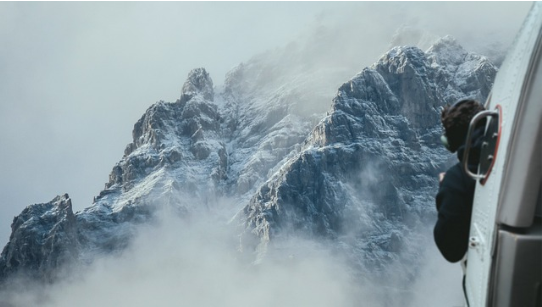The Everest High Passes Trek is one of the most thrilling and challenging trekking routes in Nepal’s Everest region. This trek is designed for seasoned trekkers who are looking for an adventurous and physically demanding experience that goes beyond the traditional Everest Base Camp trek. It takes you through the remote, rugged landscapes of the Khumbu Valley, crosses high-altitude passes, and offers unparalleled views of some of the world’s tallest peaks, including Mount Everest, Lhotse, Makalu, and Cho Oyu.
Trekking Highlights
The Everest High Passes Trek combines the best elements of the Everest region, including its iconic landmarks, remote monasteries, and high-altitude trekking challenges. Key highlights include:
- Renjo La Pass (5,360 meters)
The trek begins with a scenic flight to Lukla, and then heads towards the village of Namche Bazaar for acclimatization. From here, trekkers tackle the Renjo La Pass, which provides sweeping views of the Everest region, including the majestic Mount Everest and the neighboring peaks of Lhotse and Makalu. The pass is a significant challenge, but the panoramic views make it worthwhile. - Cho La Pass (5,420 meters)
After exploring the area around Gokyo Lakes, trekkers cross the Cho La Pass, a notoriously difficult high-altitude pass. The pass connects the Gokyo Valley to the Khumbu Valley and provides stunning views of Everest, Lhotse, and Pumori. The descent into the Khumbu Valley brings trekkers closer to iconic sites like Kala Patthar and Everest Base Camp. - Kongma La Pass (5,535 meters)
The Kongma La Pass is one of the most challenging sections of the Everest High Passes Trek. The pass is steep and often covered in snow, making the trek even more difficult. However, once on top, trekkers are rewarded with sweeping views of the entire Everest massif and surrounding peaks. - Everest Base Camp and Kala Patthar
The trek culminates with a visit to Everest Base Camp (5,364 meters), where trekkers experience the heart of the Everest region. A hike to Kala Patthar (5,545 meters) offers one of the best panoramic views of Mount Everest and the surrounding Himalayan peaks, especially at sunrise.
Acclimatization and Preparation
Due to the high altitudes involved in the Everest High Passes Trek, acclimatization is key. The trek’s itinerary includes several rest days to help trekkers adjust to the thinning air and reduce the risk of altitude sickness. It is also essential to be in good physical condition before embarking on this strenuous trek.
What’s Included in the Package?
A typical Everest High Passes Trek package includes:
- Experienced Guides and Porters: Guides familiar with the high-altitude terrain and porters to carry your luggage.
- Accommodation: Tea house accommodation along the route, with meals included.
- Flights and Permits: Round-trip flight from Kathmandu to Lukla, and necessary trekking permits like the Sagarmatha National Park Permit and TIMS card.
Conclusion
The Everest High Passes Trek offers an extraordinary and challenging adventure for experienced trekkers seeking to explore the Everest region’s most remote and rugged terrain. With breathtaking views, high-altitude passes, and visits to iconic landmarks like Everest Base Camp and Kala Patthar, this trek is a true test of endurance and a once-in-a-lifetime experience for those ready to conquer the Himalayas.

